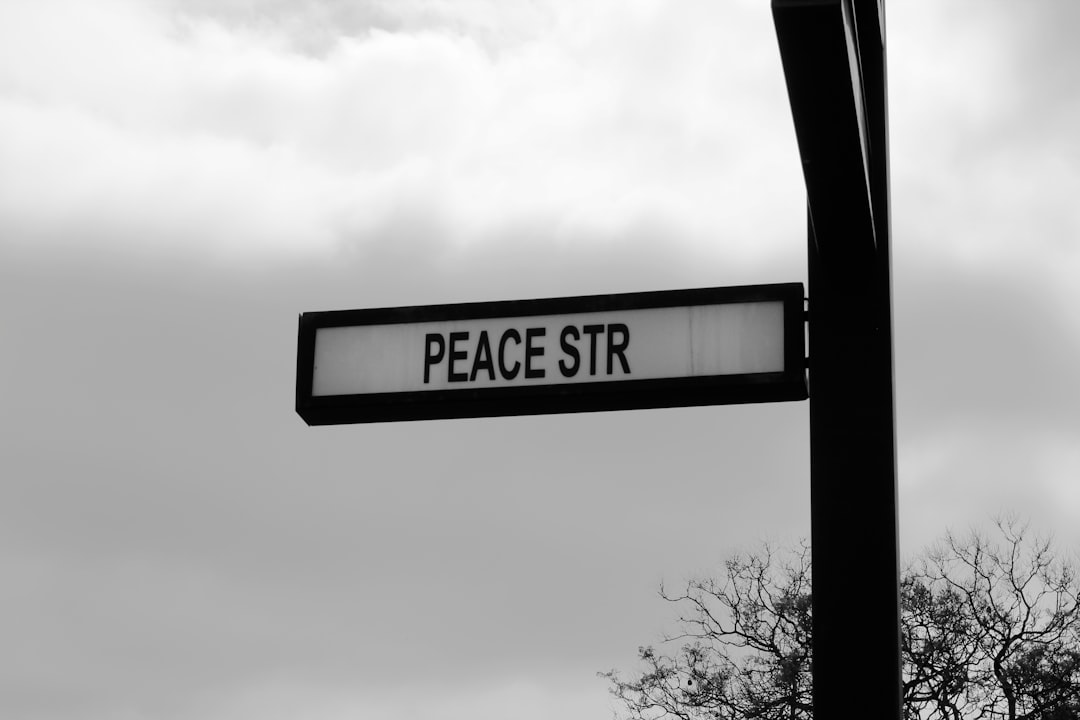Understanding Peace: Its Meaning, Dimensions, and Significance
Introduction
Peace is a universally cherished ideal, often considered among humanity’s highest aspirations. While commonly understood as the absence of violence or conflict, peace encompasses much more—a dynamic condition involving justice, well-being, harmony, and the flourishing of individuals and societies. This article explores the multifaceted concept of peace, its types, its importance, obstacles to its realization, and ongoing efforts to achieve lasting harmony worldwide.
What is Peace?
Peace is a complex, multilayered concept. At its most basic, it means a state where there is no war, hostility, or violence. However, in philosophy, political science, sociology, and even spiritual traditions, peace also means the presence of harmonious relations, justice, respect for human rights, and fulfillment of basic needs.
Definitions of Peace
| Source/Tradition | Definition |
|---|---|
| United Nations | Absence of war and violence; presence of justice, development, and respect for human rights. |
| Johan Galtung (peace studies) | Positive peace: structures that create justice and support human potential. Negative peace: absence of direct violence. |
| Buddhism | Inner tranquility achieved by overcoming suffering and desire. |
| General usage | A state of calm, mutual tolerance, and social or personal well-being. |
Types of Peace
Peace can be understood from different perspectives and at multiple levels:
| Type of Peace | Description | Example |
|---|---|---|
| Negative Peace | The absence of direct violence, conflict, or war. | Ceasefire between countries |
| Positive Peace | Presence of social justice, equality, and well-functioning institutions. | Societies with low crime and equal opportunities |
| Inner/Personal Peace | Calm and tranquility within an individual, despite external circumstances. | Meditation achieving serenity |
| Social Peace | Harmonious and just relations among members of a community. | Communities resolving disputes through dialogue |
| Environmental Peace | Sustainable relationship between humanity and nature, essential for long-term harmony. | Cooperation on climate change |
The Importance of Peace
Peace is foundational to human progress, stability, and fulfillment. Its contributions include:
Benefits of Peace
| Dimension | Benefits |
|---|---|
| Economic | Attracts investment, stimulates growth, reduces costs of conflict, supports development. |
| Social | Promotes trust and cooperation, reduces crime, enhances quality of life. |
| Political | Fosters stable governance, protects rights, reduces corruption. |
| Health | Reduces trauma and mortality, ensures access to health services, promotes well-being. |
| Education | Stable environments allow for continuous and improved education outcomes. |
| Environmental | Enhances capacity to face global environmental challenges collaboratively. |
Barriers to Peace
Despite its value, achieving peace remains elusive in many contexts. Obstacles include:
- Economic Inequality: Wide gaps between the rich and poor often fuel resentment and conflict.
- Political Oppression: Lack of political freedoms and human rights abuses can lead to unrest.
- Resource Scarcity: Competition over natural resources (e.g., water, oil) can drive violence.
- Cultural & Religious Tensions: Misunderstandings or extremism can spark communal strife.
- Weapons Proliferation: Availability of arms increases the likelihood of violent conflict.
- Historical Grievances: Unaddressed injustices may result in cycles of retribution.
Countries Most Affected by Lack of Peace
(As per the 2023 Global Peace Index)
| Rank | Country | Major Issues |
|---|---|---|
| 1 | Afghanistan | Ongoing war, terrorism, poverty, oppression |
| 2 | Yemen | Civil war, famine, foreign interventions |
| 3 | Syria | Civil war, external involvement, displacement |
| 4 | South Sudan | Ethnic violence, famine, political instability |
| 5 | Somalia | Militancy, weak institutions, poverty |
Movements and Efforts for Peace
The quest for peace is not passive—there are global, regional, and local efforts to foster it:
Peacebuilding Approaches
| Approach | Key Activities | Examples |
|---|---|---|
| Diplomacy | Negotiation, mediation, treaties | UN peace talks, Camp David Accords |
| Disarmament | Reducing weapons stockpiles | Nuclear non-proliferation treaties |
| Education | Promoting tolerance, empathy, and conflict resolution skills | UNESCO peace education programs |
| Economic Development | Reducing poverty, creating equitable systems | Sustainable development goals (SDGs) |
| Justice & Reconciliation | Truth commissions, reparations, legal reforms | South Africa’s Truth and Reconciliation Commission |
| Civil Society Activism | Grassroots peacebuilding, nonviolent protest | Women's Peace Movements, Nonviolent campaigns |
Notable Figures and Organizations
- Mahatma Gandhi – Pioneer of nonviolent resistance.
- Martin Luther King Jr. – Leader of the U.S. Civil Rights Movement.
- Malala Yousafzai – Advocate for girls’ education and peace.
- United Nations – Principal international peacekeeping organization.
- Nobel Peace Prize – Recognizes significant contributions to peace.
Measuring Peace
Peace is measurable. The Global Peace Index (GPI), produced by the Institute for Economics & Peace, scores countries yearly based on safety, societal security, conflict levels, and militarization. The factors include:
| GPI Indicators | Examples |
|---|---|
| Levels of Violence | Homicide rates, internal conflict |
| Relations with Neighbors | Cross-border disputes |
| Access to Weapons | Military expenditures, arms imports |
| Political Stability | Corruption, functioning of government |
Conclusion
Peace is more than the absence of conflict—it is the presence of fairness, dignity, shared prosperity, and care for our planet. Achieving sustainable peace requires continuous effort: reducing injustice, promoting understanding, and addressing the root causes of discord. While obstacles remain, global progress in diplomacy, education, and human rights offers hope that a more harmonious world is possible for future generations.
Further Reading
- Global Peace Index: Vision of Humanity
- Johan Galtung’s Works on Peace Studies
- UN Sustainable Development Goals (especially SDG 16: Peace, Justice and Strong Institutions)
- Peace Is Every Step by Thich Nhat Hanh
Let us continue striving—locally, nationally, and globally—for a world where true peace can flourish.
